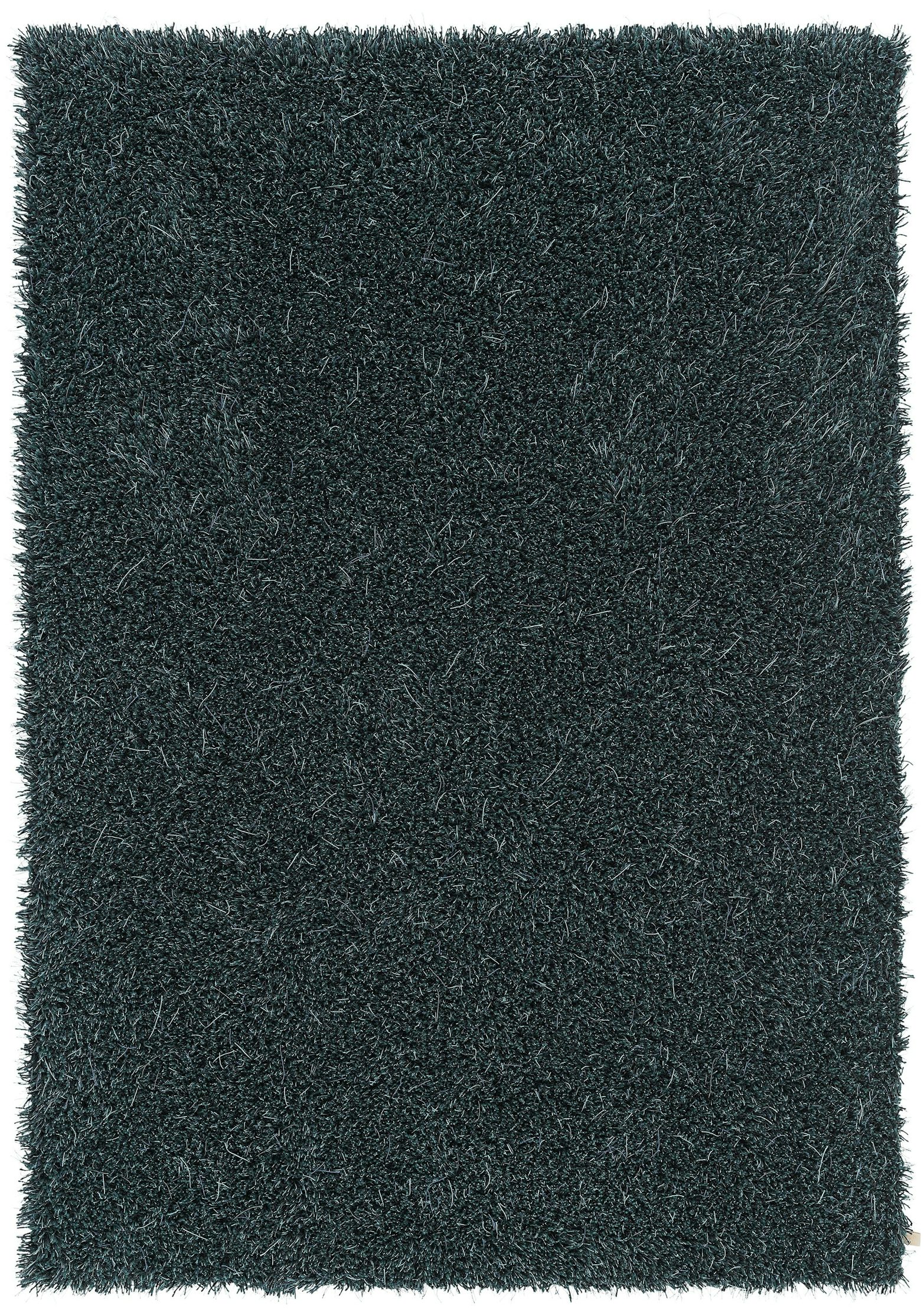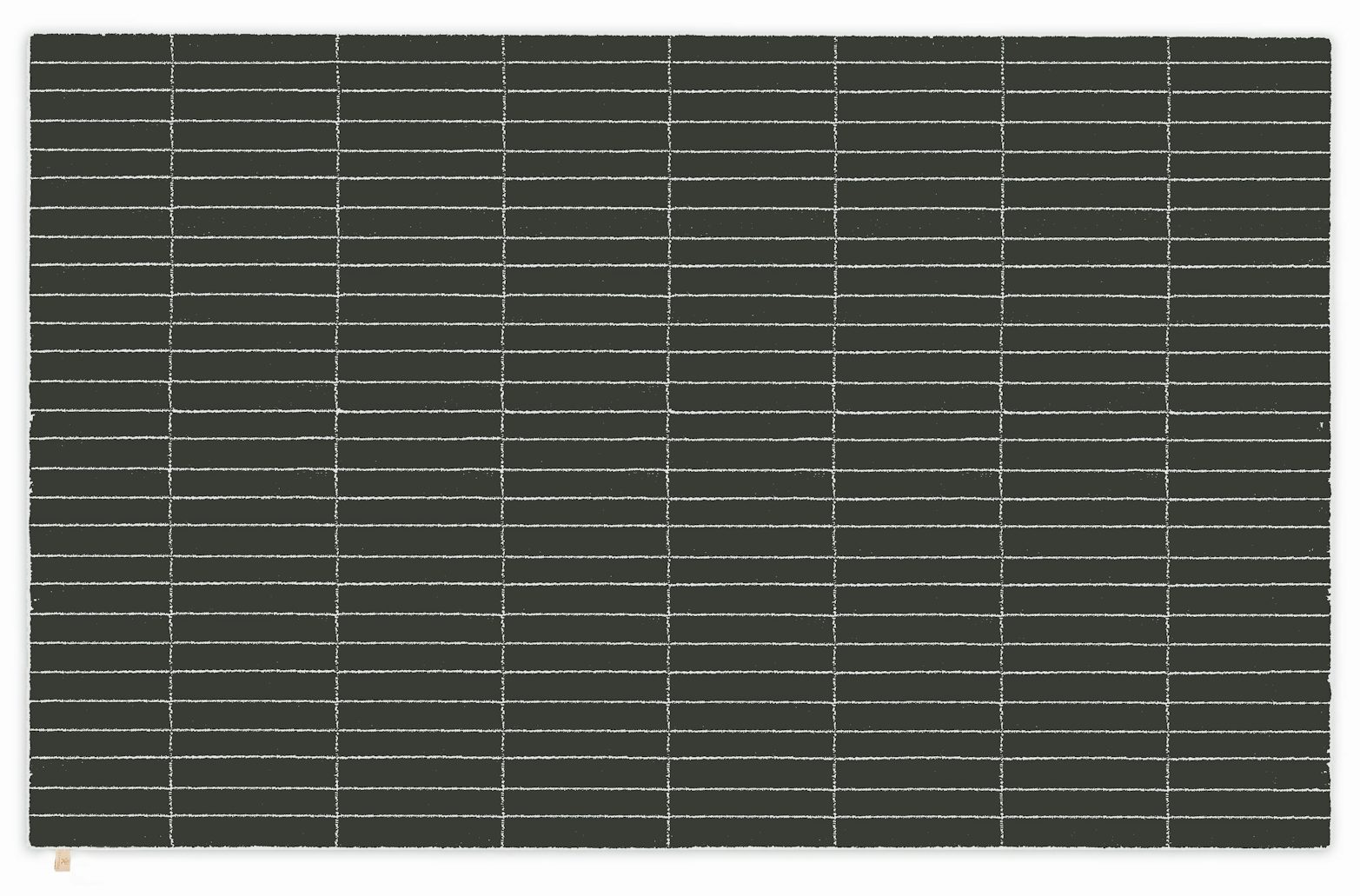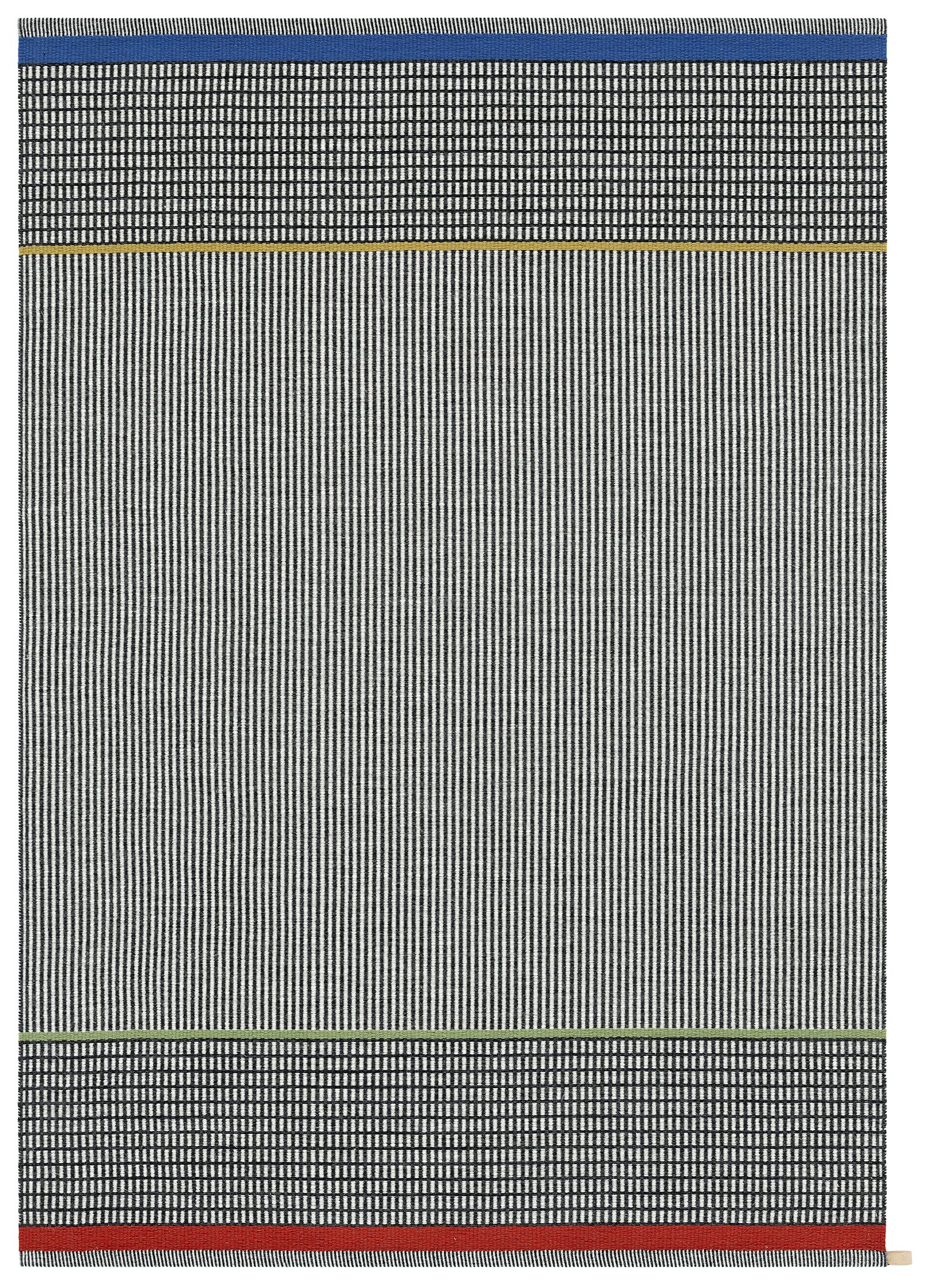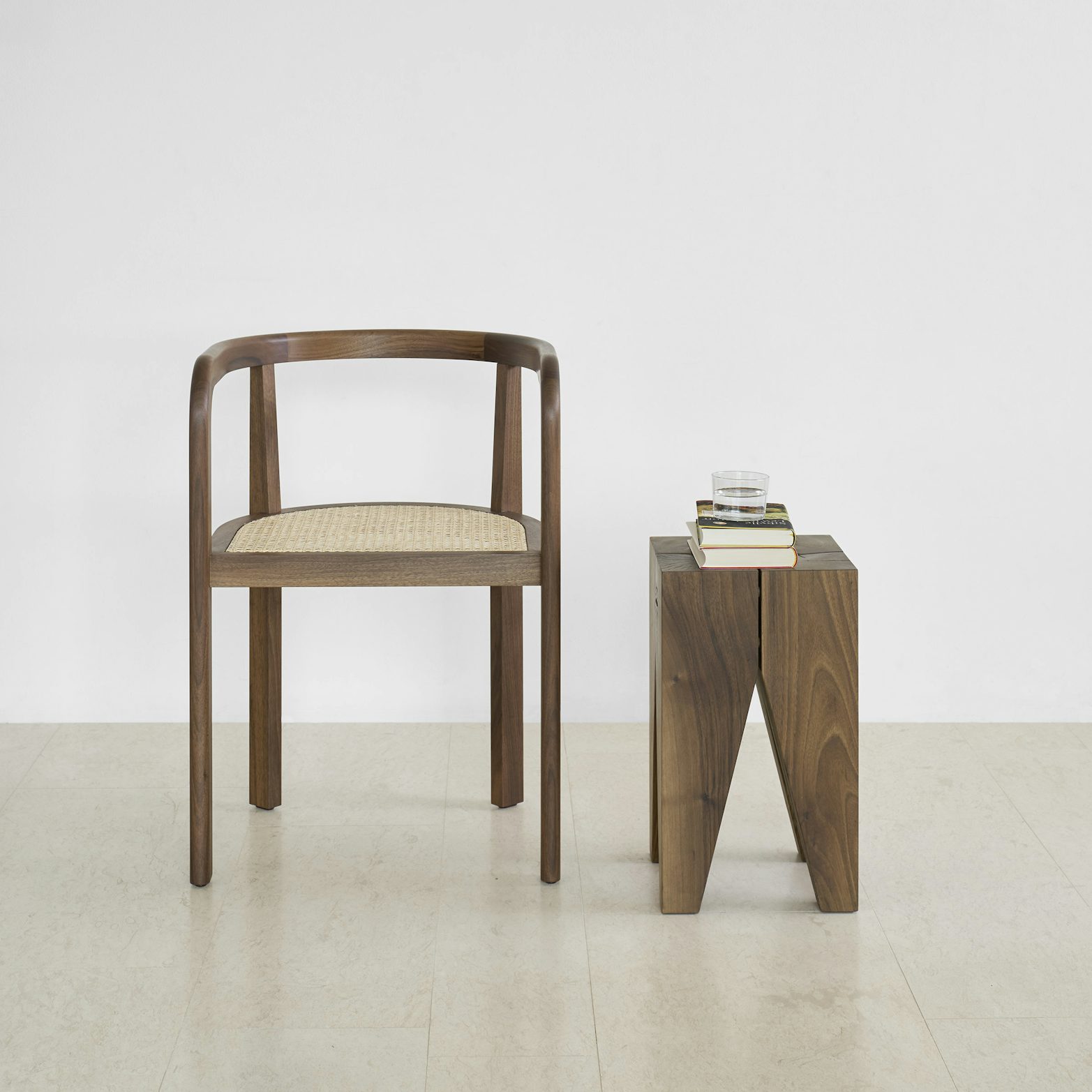Product Gallery
Video
Richard Herre
Germany
The Stuttgart-based architect, interior designer, graphic artist, author and translator Richard Herre has only recently been rediscovered as an important representative of the New Objectivity of the 1920s. As a graphic designer, Richard Herre created the famous motif for the Werkbund exhibition “Die Form” in 1924. For interiors, he designed not only furniture and lighting, but also textiles such as curtain fabrics and carpets, creating holistically designed spaces of engaging stringency and surprising colourfulness.
With the reedition of designs like the Stuttgart chair and the Zet kilim by Richard Herre, an almost forgotten, multi-layered chapter of modernism can be experienced again.
More in Textiles
View All
by Gunilla Lagerhem Ullberg
for Kasthall
MOSS Carpet

by Claesson Koivisto Rune
for Kasthall
TILES BLOCK Carpet

by Gunilla Lagerhem Ullberg
for Kasthall
Broschyr Carpet
More in Richard Herre
View All
by Richard Herre
for e15












